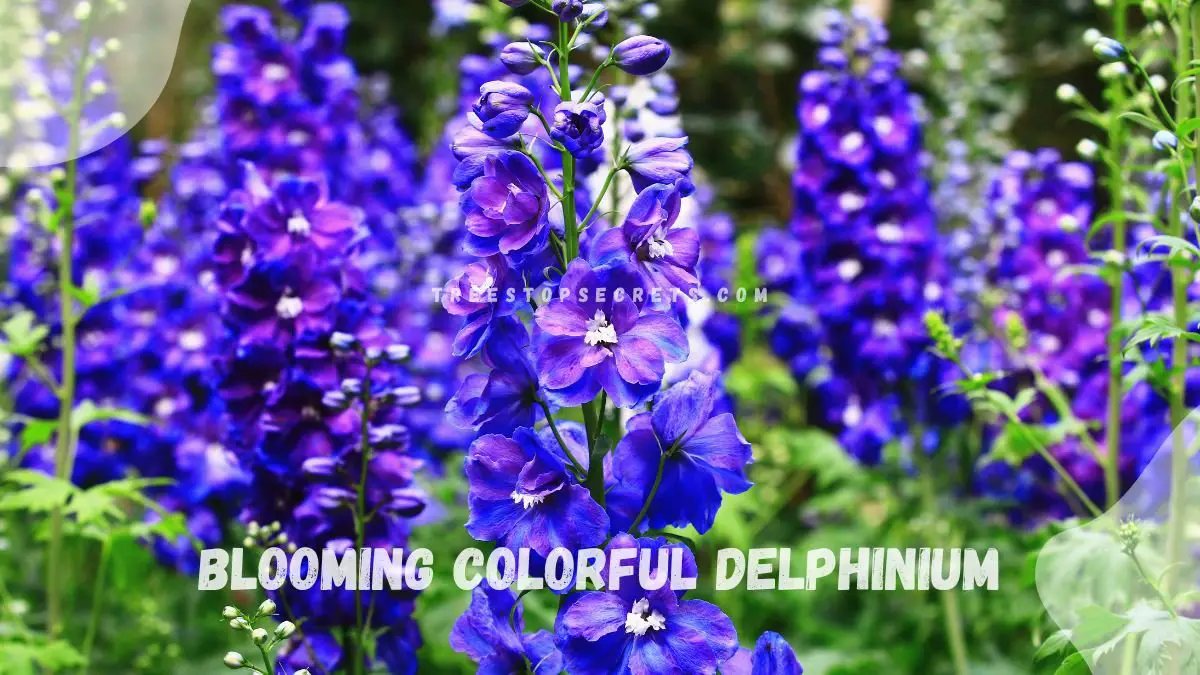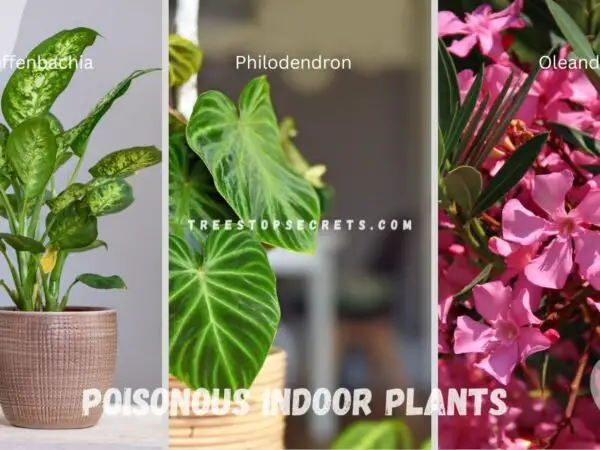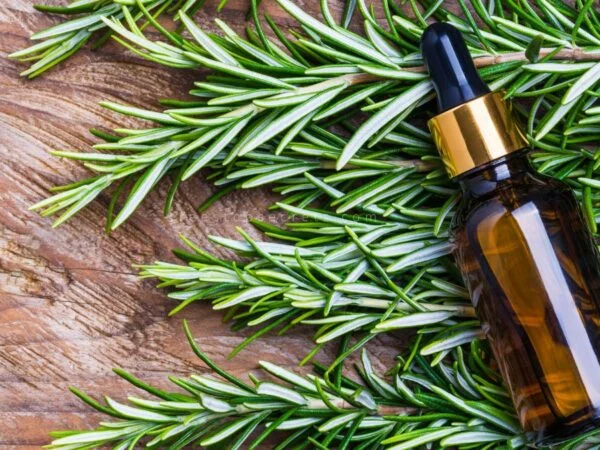Delphiniums, with their majestic height and vibrant purple blooms, stand out as a striking addition to any garden. These tall flowers, known for their elegance and beauty, create a captivating contrast against the backdrop of green foliage. Their towering presence adds a touch of sophistication and charm to outdoor spaces, making them a popular choice for garden enthusiasts looking to elevate their floral displays.
In contrast to other common garden flowers, delphiniums offer a unique allure with their tall spires of rich purple petals that command attention and admiration. Whether planted in clusters or as standalone features, these stunning flowers are sure to enhance the visual appeal of any landscape. Embrace the beauty of delphiniums and transform your garden into a colorful oasis that will leave visitors in awe.
Key Takeaways
- Planting Delphiniums: Choose a sunny location with well-draining soil, and plant delphiniums in the spring for optimal growth.
- Delphinium Care Guide: Provide support for tall varieties, water deeply but infrequently, and deadhead spent blooms to encourage new flowers.
- Propagation and Maintenance: Divide crowded clumps every 3-4 years in the spring or fall to maintain plant health and vigor.
- Design and Landscaping with Delphiniums: Use tall purple delphiniums as focal points in cottage gardens or mixed borders for a stunning vertical element.
- Challenges in Growing Delphiniums: Watch out for powdery mildew, slugs, and aphids; address these issues promptly to ensure the health of your delphinium plants.
- Understanding Delphiniums: Delphiniums are prized for their vibrant purple blooms, but they require attention to planting location, care, and maintenance for successful growth.
Understanding Delphiniums
Growth Zones
Delphiniums thrive in cool temperate regions with well-draining soil and adequate sunlight. They prefer USDA hardiness zones 3-7. Different varieties may have specific zone requirements. For example, Pacific Giants flourish in coastal areas.
- Suitable growth zones: USDA hardiness zones 3-7
- Temperature and climate requirements: cool temperate regions
- Regions where delphiniums thrive: Coastal areas for Pacific Giants
Height and Spread
Delphinium plants typically reach a height of 3 to 6 feet with a spread of 1 to 2 feet. Their vertical growth impacts garden planning by adding depth and color variation. When planting, space delphiniums 12 to 18 inches apart for optimal growth.
- Typical height and spread: 3 to 6 feet tall, 1 to 2 feet wide
- Impact on garden planning: Adds depth and color variation
- Ideal spacing in a garden setting: 12 to 18 inches apart
Sunlight Needs
Delphiniums require full sun to partial shade, needing at least 6 hours of sunlight daily for healthy growth. Adequate sunlight is crucial for photosynthesis and flower production. To optimize exposure, plant delphiniums in a spot with morning sun and afternoon shade.
- Sunlight requirements: Full sun to partial shade
- Importance of sunlight: Essential for photosynthesis and flower production
- Optimizing sunlight exposure: Plant in a location with morning sun and afternoon shade
Soil Conditions
Delphiniums thrive in moist, well-draining soil with a slightly acidic to neutral pH level. Soil quality significantly impacts plant development, affecting nutrient absorption and root health. Improve soil conditions by adding compost or organic matter for successful delphinium growth.
- Preferred soil conditions: Moist, well-draining soil with slightly acidic pH
- Significance of soil quality: Impacts nutrient absorption and root health
- Improving soil conditions: Add compost or organic matter
Types of Tall Purple Delphiniums
Purple Passion
Purple delphinium flowers captivate with their deep hue, symbolizing royalty, spirituality, and mystery. The color purple in delphiniums evokes a sense of elegance and sophistication. In landscaping, purple delphiniums add a touch of regal beauty to any garden setting.
The allure of purple blooms lies in their ability to convey emotions like admiration, respect, and dignity. Purple delphiniums are often used in floral arrangements to express admiration and show appreciation for someone special. Incorporating these flowers in bouquets can elevate the overall aesthetic and convey a sense of grace.
- Symbolizes royalty, spirituality, and mystery
- Adds elegance and sophistication to landscaping
- Conveys admiration, respect, and dignity in floral arrangements
Other Varieties
Beyond the classic purple delphiniums, there is a wide array of delphinium varieties available to diversify your garden. Varieties such as white, blue, pink, and lavender offer a spectrum of colors to choose from. Each variety has its unique characteristics, from height to bloom size.
When planning your garden layout, consider mixing different delphinium varieties to create a visually stunning display. Combining various colors can add depth and interest to your garden landscape. By blending different delphinium species, you can achieve a harmonious balance of colors and textures.
- Wide array of delphinium varieties beyond purple
- Unique characteristics in terms of height and bloom size
- Mixing different varieties for a diverse garden display
Planting Delphiniums
Best Time to Plant
Plant delphiniums in early spring or late summer to ensure optimal growth and bloom. Consider the local climate for seasonal variations. Create a planting schedule based on your region's weather patterns.
Location Tips
Select locations with well-draining soil and partial shade for ideal delphinium growth. Avoid areas prone to strong winds that can damage delicate stems. Keep delphiniums away from invasive plants to prevent competition for nutrients.
Planting Steps
Prepare the soil by mixing compost for added nutrients before planting delphiniums. Ensure the soil is loose and well-draining to prevent waterlogging. Plant seedlings at a depth of 1/2 inch and space them 12-18 inches apart.
Delphinium Care Guide
Watering Techniques
Proper watering is crucial for delphiniums to thrive. Overwatering can lead to root rot, so ensure the soil is well-draining. Water deeply but infrequently to promote healthy root growth. Consider using a drip irrigation system for consistent moisture levels.
Fertilizer Use
Fertilizers play a vital role in nourishing delphinium plants. Opt for a balanced fertilizer, such as a 10-10-10 mix, to provide essential nutrients. Apply fertilizer sparingly in early spring and after the first bloom for optimal results.
Pruning Tips
Regular pruning is key to maintaining vigorous delphiniums. Remove spent blooms to encourage continuous flowering. Cut back the entire plant after the first bloom for a second flush of flowers. Trim any damaged or diseased stems to promote overall plant health.
Support Methods
Tall delphinium stems require adequate support to prevent bending or breaking. Utilize stakes or cages to prop up the plants and keep them upright. Install supports early in the growing season to avoid damaging the roots later on. Monitor the plants regularly and adjust the supports as needed.
Propagation and Maintenance
Propagating Delphiniums
Delphiniums can be propagated through seeds or division. For seed propagation, collect ripe pods in the fall and sow them in well-draining soil. Division involves splitting mature plants into smaller sections for replanting. To ensure success, maintain moist soil during the process.
- Seed propagation involves collecting ripe pods and sowing them in well-draining soil.
- Division includes splitting mature plants into smaller sections for replanting.
- Maintain moist soil conditions to support successful delphinium propagation at home.
Pest Prevention
Prevent common pests like aphids and slugs from damaging delphiniums by implementing strategies such as regular inspection and handpicking. Look out for signs of infestation like yellowing leaves or holes in foliage. Utilize natural pest control methods like neem oil for eco-friendly gardening.
- Implement strategies like regular inspection and handpicking to prevent pest damage.
- Identify signs of infestation such as yellowing leaves or holes in foliage.
- Utilize natural pest control methods like neem oil for eco-friendly gardening practices.
Disease Management
Recognize symptoms of diseases like powdery mildew and root rot that affect delphiniums. Preventive measures include proper watering to avoid fungal infections. Treat diseases with fungicides or by removing infected plant parts. Maintain plant health through good air circulation and pruning practices.
- Recognize symptoms of diseases such as powdery mildew and root rot that affect delphiniums.
- Prevent diseases through proper watering techniques to avoid fungal infections.
- Treat diseases using fungicides or by removing infected plant parts for effective disease management.
Design and Landscaping with Delphiniums
Garden Ideas
When planning your garden, consider incorporating delphiniums for their striking tall purple flowers. These flowers can add a pop of color and elegance to any landscape. To create a visually appealing garden, mix delphiniums with other plants that complement their height and color. For example, pairing them with white roses or lavender can create a beautiful contrast.
For a cottage-style garden, plant delphiniums alongside other cottage garden favorites like peonies and foxgloves. This mix of flowers will create a charming, old-fashioned look. In contrast, for a more modern garden design, pair delphiniums with sleek, architectural plants like ornamental grasses or succulents. This juxtaposition can create a contemporary and stylish outdoor space.
When selecting companion plants for delphiniums, choose species that thrive in similar growing conditions. Plants such as lupines, irises, and catmint are excellent choices as they have similar sunlight and soil requirements. By selecting the right companions, you can ensure that your delphiniums grow healthily and beautifully in your garden landscape.
Floral Arrangements
Creating stunning floral arrangements with delphinium blooms is an art form. To make the most of these vibrant flowers, harvest them when half of the florets on the spike are open to ensure longevity in arrangements. Delphiniums come in various shades of purple, blue, pink, and white, offering a wide range of color options for your floral displays.
When designing floral arrangements with delphiniums, consider using contrasting colors to make the blooms stand out. Pairing purple delphiniums with yellow sunflowers or orange marigolds can create a visually striking arrangement. mixing different flower shapes and textures can add depth and interest to your bouquets.
To arrange delphiniums effectively, cut the stems at an angle under running water to prevent air bubbles from forming in the stem. Remove any leaves that will be submerged in water to prevent bacterial growth. When arranging the flowers, start with the focal point blooms like delphiniums and then fill in with smaller flowers and greenery for a balanced look.
Challenges in Growing Delphiniums
Toxicity Awareness
Delphinium plants contain toxic substances, primarily alkaloids, which can be harmful if ingested. It's crucial to understand the toxicity levels of delphiniums to prevent accidents.
When handling delphiniums, always wear gloves to protect your skin from potential irritation caused by the plant's toxins. Avoid touching your face or mouth while working with delphiniums to prevent accidental ingestion.
Educating yourself on the potential risks associated with delphinium toxicity is essential for maintaining a safe gardening environment. Familiarize yourself with common symptoms of poisoning and seek medical help immediately if exposed.
Deer Resistance
To protect delphiniums from deer damage, consider planting them in areas that are less accessible to deer, such as closer to your home or in raised beds. Creating physical barriers like fences can also deter deer from reaching delicate delphinium plants.
Planting deer-resistant companion plants alongside delphiniums can help camouflage them and reduce the likelihood of deer grazing on them. Examples of deer-resistant plants include lavender, daffodils, and foxgloves.
Implementing deterrents like motion-activated sprinklers or applying natural repellents can effectively keep deer away from your garden. These methods create an unpleasant experience for deer without causing harm to the animals.
Closing Thoughts
You've now grasped the essence of growing tall purple delphiniums. Understanding their types, planting techniques, care needs, propagation methods, and landscaping possibilities equips you to overcome challenges and nurture these stunning flowers successfully. Remember, consistent care and attention will reward you with vibrant blooms that elevate your garden's beauty.
Take this knowledge and apply it in your gardening endeavors. Share your newfound expertise with fellow enthusiasts and continue to explore the world of delphiniums. By implementing these tips, you can create a flourishing garden filled with the majestic allure of tall purple delphiniums.
Frequently Asked Questions
What are the main characteristics of Delphiniums?
Delphiniums are tall, elegant flowering plants known for their vibrant purple blooms. They add a vertical element to gardens and attract pollinators like bees and butterflies.
How do I plant Tall Purple Delphiniums?
Plant delphiniums in well-draining soil with full sun exposure. Ensure adequate spacing for good air circulation, and provide support stakes to prevent bending. Water deeply but infrequently to avoid root rot.
What is the ideal care routine for Delphiniums?
Regularly deadhead spent blooms to encourage new growth and prevent self-seeding. Apply a balanced fertilizer in spring and mulch around the base to retain moisture. Protect from strong winds and stake tall varieties.
How can I propagate and maintain Delphiniums successfully?
Propagate delphiniums through division or stem cuttings in early spring. Regularly monitor for pests like aphids and powdery mildew, treating promptly if detected. Cut back after flowering for a second bloom in autumn.
How can I incorporate Delphiniums in my landscape design?
Use delphiniums as focal points in cottage gardens or mixed borders for a pop of color. Pair with complementary flowers like roses or lilies for a striking visual display. Consider the height and color variations for an aesthetically pleasing arrangement.
What are the common challenges in growing Delphiniums?
Delphiniums are susceptible to root rot if overwatered, so ensure proper drainage. Protect from strong winds to prevent snapping of tall flower spikes. Watch out for pests and diseases, and provide adequate support to prevent bending.
Image Source: Paid image from CANVA




